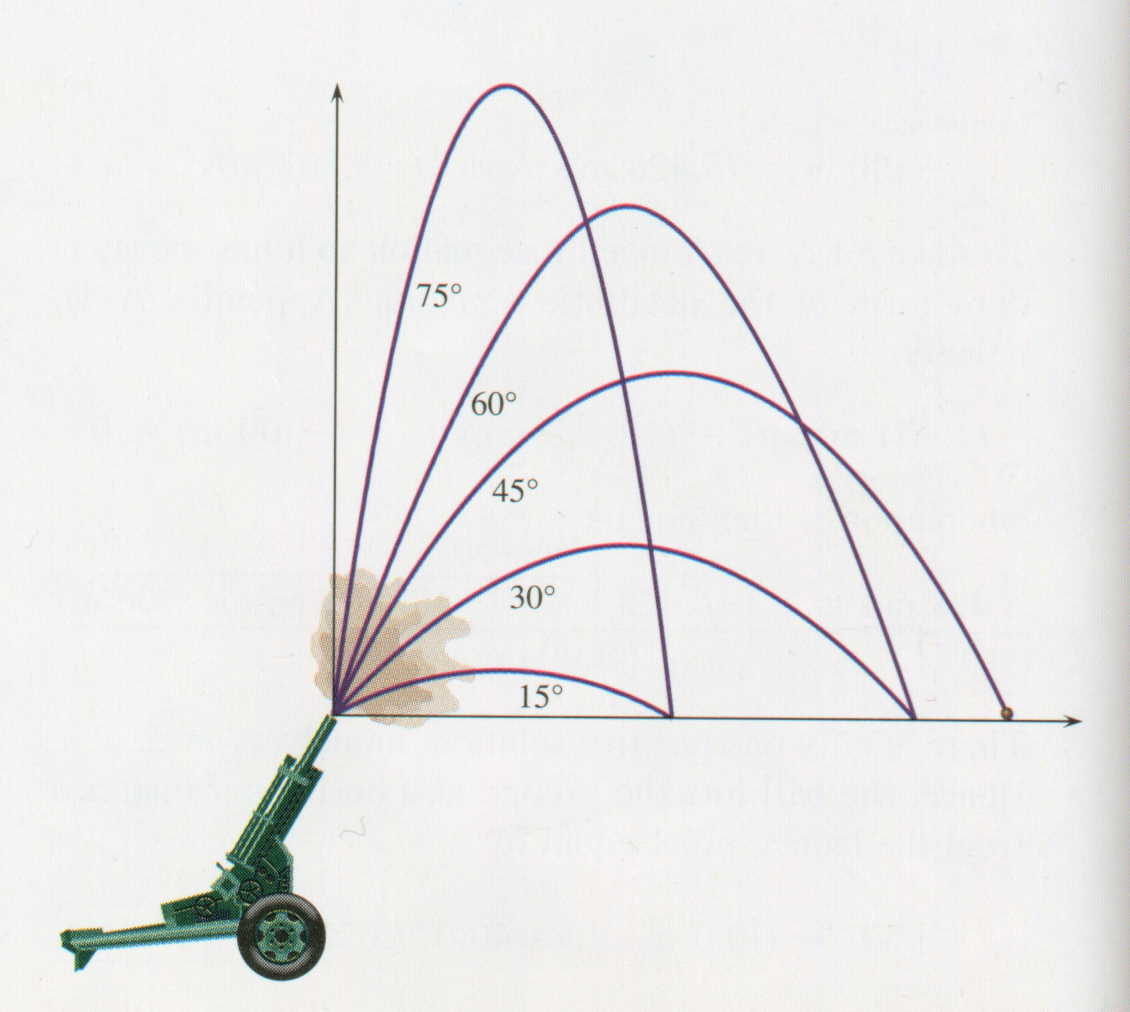The Impact of Projectile Shape on Accuracy and Range
The Unseen Dance: How Projectile Shape Dictates Accuracy and Range
The humble projectile – a seemingly simple object hurled through space. Yet, within its form lies a complex interplay of forces that dramatically impact its accuracy and range. From the sleek arrowhead piercing the wind to the tumbling bullet carving its erratic path, the shape of a projectile is far more than just aesthetics; it’s the key to unlocking its ballistic potential. This exploration delves into the fascinating physics that govern this relationship, revealing how subtle changes in design can yield extraordinary results.
Beyond the Obvious: Aerodynamics and the Projectile’s Fate
The most significant factor influencing projectile performance is its interaction with air. As a projectile hurtles through the atmosphere, it encounters drag – a resistive force that opposes its motion. This drag is not uniform; it’s heavily dependent on the projectile’s shape, orientation, and velocity. A streamlined shape, like that of a well-designed arrow or bullet, minimizes drag by smoothly channeling airflow around its surface. This reduces the energy lost to friction, allowing the projectile to travel further and maintain a straighter trajectory. Conversely, a blunt or irregularly shaped object creates significant turbulence, leading to increased drag, reduced range, and erratic flight.
The Dance of Stability: Gyroscopic Effects and Precision
Beyond drag, stability plays a crucial role in accuracy. A spinning projectile, like a rifle bullet, experiences gyroscopic stabilization. This spinning motion creates a gyroscopic effect, resisting changes in its orientation. This enhanced stability ensures the projectile maintains its trajectory, minimizing deviations caused by wind or other external forces. The shape of the projectile directly impacts its spin. A properly designed projectile, with features like rifling in a gun barrel or carefully crafted fletching on an arrow, promotes stable, consistent spin, leading to improved accuracy.
| Projectile Type | Shape Feature | Stability Impact | Range Impact |
|---|---|---|---|
| Rifle Bullet | Rifling | High stability | High range |
| Arrow | Fletching | High stability | Moderate range |
| Cannonball | Spherical | Low stability | Low range |
| Dart | Point & Fins | Moderate stability | Moderate range |
The Magnus Effect: A Curveball in the Trajectory
The Magnus effect introduces another layer of complexity. This phenomenon occurs when a spinning projectile interacts with air, creating a pressure difference on its surface. This pressure difference results in a sideways force, causing the projectile to curve. While this effect can be detrimental to accuracy in some applications (like archery), it can be deliberately exploited in others, such as baseball pitching, where the curveball relies on this principle. The shape of the projectile, specifically its spin axis and surface irregularities, determines the magnitude and direction of the Magnus effect.
Beyond the Basics: Material Science and Projectile Performance
The material composition of a projectile also significantly influences its performance. Denser materials, like tungsten or depleted uranium, allow for smaller, heavier projectiles with increased momentum and penetration power, but can also lead to greater drag. The material’s elasticity and ability to withstand stress also impact its ability to maintain its shape during flight, thus affecting its accuracy and range.
Conclusion: A Symphony of Shape and Physics
The relationship between projectile shape and its ballistic performance is a intricate dance of aerodynamics, stability, and material science. By meticulously optimizing the shape of a projectile, designers can maximize its range, accuracy, and effectiveness. From the ancient arrowhead to the modern hypervelocity projectile, this understanding has revolutionized warfare, sports, and even scientific research, demonstrating the profound impact of a seemingly simple design feature.

